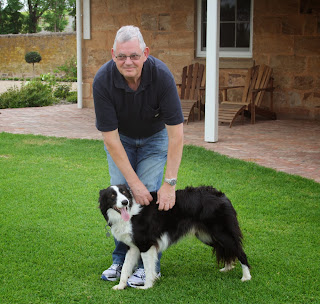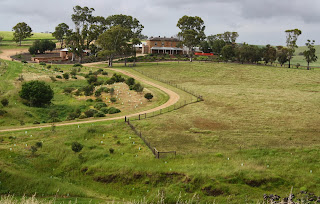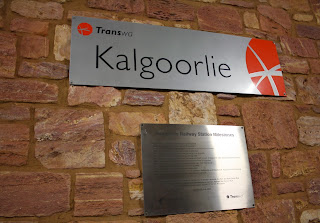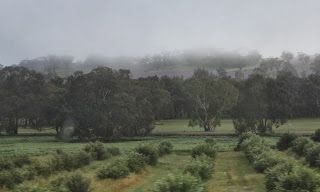 |
| Lucy the road kill warrior |
Our
accommodation for the next three nights had been an excellent find thanks to Roger’s
research - The Cove in Kettering.
A superbly comfortable bed and breakfast overlooking Kettering’s picturesque bay and marina.
A superbly comfortable bed and breakfast overlooking Kettering’s picturesque bay and marina.
 |
| Slow roasted lamb (before it was demolished) |
But it was two ladies in particular that made our stay an experience to
savour.
Lucy the terrier who routinely welcomed us home, sniffing our vehicle’s tires for road kill.
And Bronwyn, an exceptional hostess and fabulous cook, as we were to discover.
Lucy the terrier who routinely welcomed us home, sniffing our vehicle’s tires for road kill.
And Bronwyn, an exceptional hostess and fabulous cook, as we were to discover.
 |
| Slow roasted lamb - gone! |
Dinner
that first evening was succulent slow roasted shoulder of lamb with fresh and
imaginative trimmings from Bronwyn’s garden complimented by superb Tasmanian Bream Creek
Pinot Noir.
But there was more to come this first evening. Roger and Julie had arranged a delicious surprise.
Doug
had enjoyed his birthday in Melbourne several days earlier with dinner on the
Melbourne tram. However an amazing
birthday cake had been arranged by our travelling companions.
After the lamb had been demolished Bronwyn appeared with a decadent flaming birthday cake - Chocolate Raspberry Mud Cake - to be precise.
 |
| Now THAT'S a chocolate cake! |
The
cake only improved in flavour each evening as we tackled another slice after
more delicious dinners and wine pairings.
 |
| A picture worth a 1000 words |
Bronwyn you are the best!
We comforted ourselves in the knowledge that Drop
Bears are afraid of open flame.














































